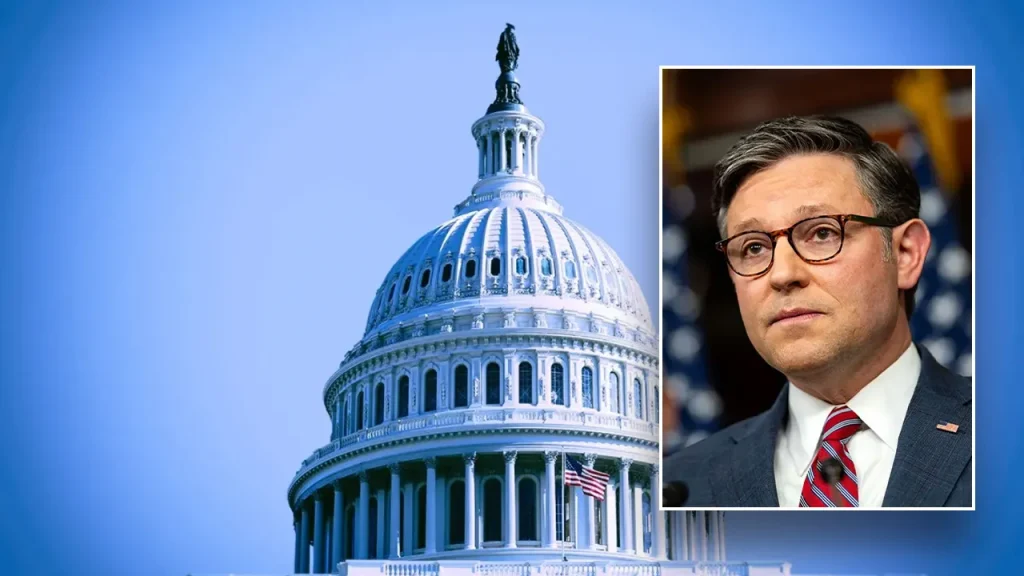Speaker Mike Johnson’s ascension to the House leadership marks the beginning of a politically precarious journey, characterized by a razor-thin Republican majority and a demanding legislative agenda. His victory, secured with no Democratic support and only one Republican defection, underscores the fragility of his position. The narrow margin, further diminished by the impending departure of two Republican members joining the Trump administration, will necessitate unwavering party unity for any legislative success. This precarious balance of power sets the stage for a challenging year fraught with fiscal battles, policy overhauls, and the ever-looming threat of government shutdowns.
The first half of 2025 alone presents a formidable gauntlet of fiscal challenges, with at least three separate funding fights anticipated. The most immediate hurdle is the March 14th deadline for government funding, a consequence of the short-term extension passed in December. Failure to reach a consensus on FY 2025 appropriations by this date risks a partial government shutdown. This looming deadline adds to the pressure on Johnson to navigate the complex dynamics of his caucus and secure the necessary votes to avert a fiscal crisis.
Beyond the immediate funding deadline, the looming debt ceiling debate promises to be another major political battleground. The bipartisan agreement suspending the debt limit expires in January 2025, after which the Treasury Department will resort to “extraordinary measures” to stave off default. This temporary reprieve provides Congress a limited window, estimated to be until mid-June, to negotiate a solution. Historically, debt ceiling negotiations have been fraught with partisan brinkmanship, with both parties leveraging the situation to advance their policy agendas. Johnson’s ability to navigate this high-stakes negotiation will be a crucial test of his leadership.
Adding to the complexity of these fiscal challenges are the Republicans’ ambitions to enact sweeping policy changes through the reconciliation process. This parliamentary maneuver allows certain budgetary measures to pass the Senate with a simple majority, bypassing the usual 60-vote threshold. Republicans aim to utilize reconciliation for two major conservative policy and spending overhauls, initiatives likely to face staunch Democratic opposition. The success of these ambitious plans hinges on maintaining absolute unity within the Republican ranks, a daunting task given the slim majority and potential internal divisions.
The pursuit of these ambitious policy goals via reconciliation further complicates the already challenging fiscal landscape. Experts caution that achieving consensus even once through reconciliation is difficult, even with larger majorities. Attempting it twice in a single year, with such a narrow margin, is considered an exceptionally high and potentially unrealistic expectation. This adds another layer of difficulty to Johnson’s already challenging task of managing a fractured Congress and delivering on the promises of the incoming Trump administration.
In conclusion, Speaker Johnson’s nascent leadership faces a confluence of significant challenges. A razor-thin majority, coupled with the departure of key members, necessitates unwavering party unity. The upcoming year presents a series of critical deadlines, including a government funding deadline in March, the looming debt ceiling debate, and the ambitious pursuit of major policy changes through reconciliation. Navigating these complex and interconnected challenges will require exceptional political skill and a delicate balancing act to maintain party cohesion while addressing the pressing needs of the nation. The success or failure of Johnson’s speakership will likely hinge on his ability to steer the House through this tumultuous period.

